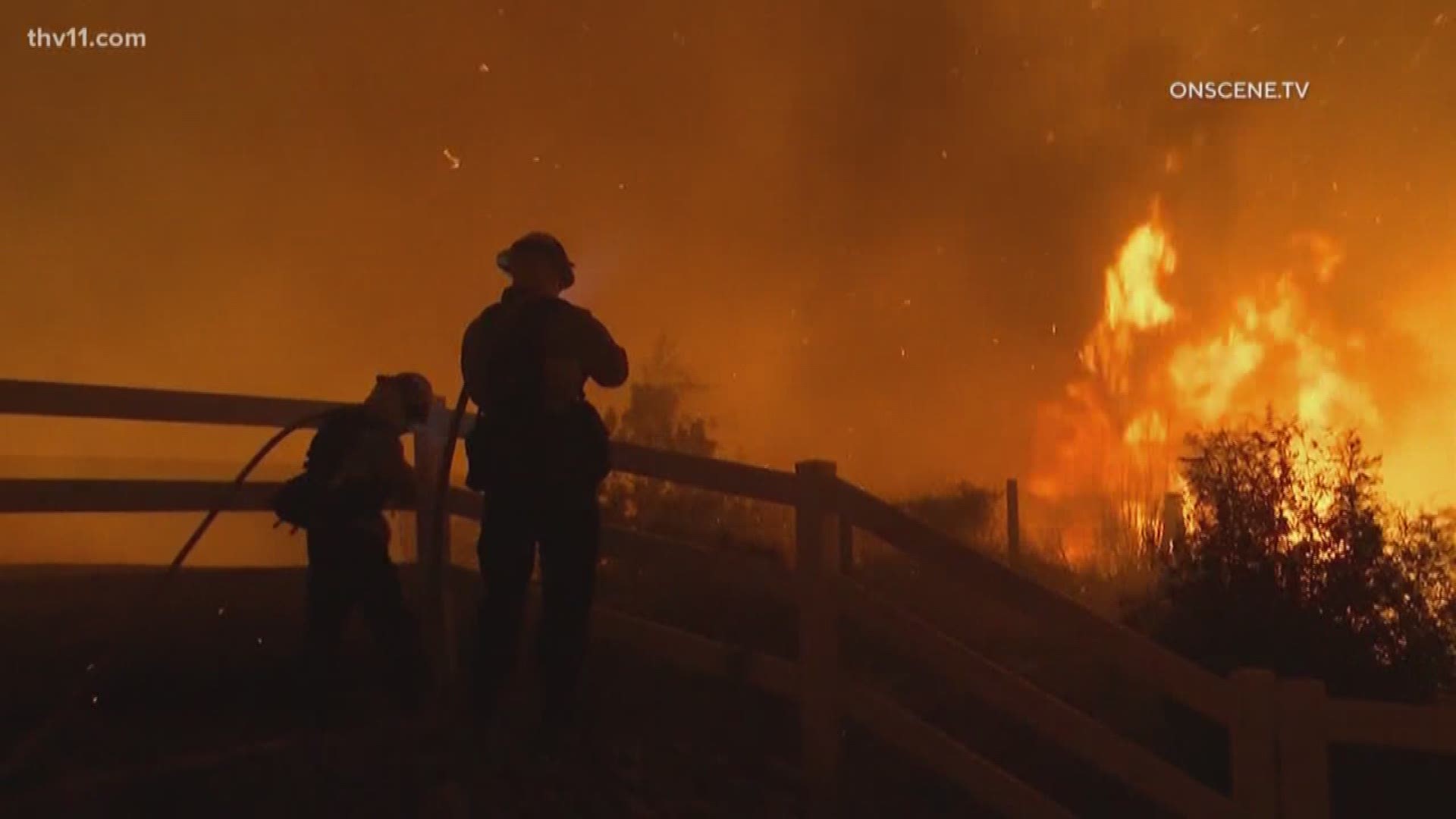HOT SPRINGS, Ark. — When we think about the risks firefighters face daily, most of us probably immediately imagine them courageously jumping into a burning building.
While that comes with its own set of challenges, the main concern for firefighters isn't the actual fire— it's cancer.
According to the International Association of Firefighters, since 2002 almost two out of every three firefighters who died in the line of duty died of cancer.
Bill Burrough, Hot Springs City Manager, said when the Hot Springs Fire Department saw an increase in their city heroes getting diagnosed, they began to make some changes.
"We want to do everything we can to mitigate those risks," he said.
City heroes who put their lives on the line daily to fight fire are increasingly more likely to have to fight a different kind of battle.
"Firefighters are exposed to many carcinogens, just in the course of what they do and their responsibilities," Burrough said.
He said in the past four years these exposures began to hit home when five of their own were diagnosed.
"Three of those were skin cancer and that's something we feel like we can play a role in mitigating that risk," Burrough said.
He said with a recent grant they were able to put exhaust systems at all of their stations, which channels fire truck exhaust to a ventilation stack that releases it from the station.
"So none of that diesel, exhaust or soot enters the hot zone, transition zone or the cooling rooms," Burrough said.
He said the next plan is to divide fire stations into three different zones: hot, transition and cool.
"With that, we are able to at least mitigate a large portion of the risk that firefighters face as they enter into their living quarters," Burrough said.
He said apparatus bays, hose racks and equipment storage would be in the hot zone.
"Where some of your turnouts are exposed, to not only what you had at a fire, but also diesel exhaust and soot," Burrough said.
He said the transition or warm zone would be for decontamination.
"There they have washers and dryers and are able to decontaminate that turnout gear," Burrough said.
He said this is also where the firefighters would store their gear and shower off, so none of those cancer risks enter into the cool zone.
"That cold zone is primarily the living and sleeping quarters of our firefighters," Burrough said.
The department will have to expand and remodel fire stations to match this floor plan.
Burrough said that it could take the next five to ten years, but the wait is worth it.
"Firefighters protect us each and every day and we want to do everything we can to protect them," he said.
Burrough said even though none of the fire stations have these zones laid out, most of them have started the practice of them.
For example, firefighters now take off their gear at the scene and immediately put it into trash bags before they get into the truck to head back to the station.
RELATED:

